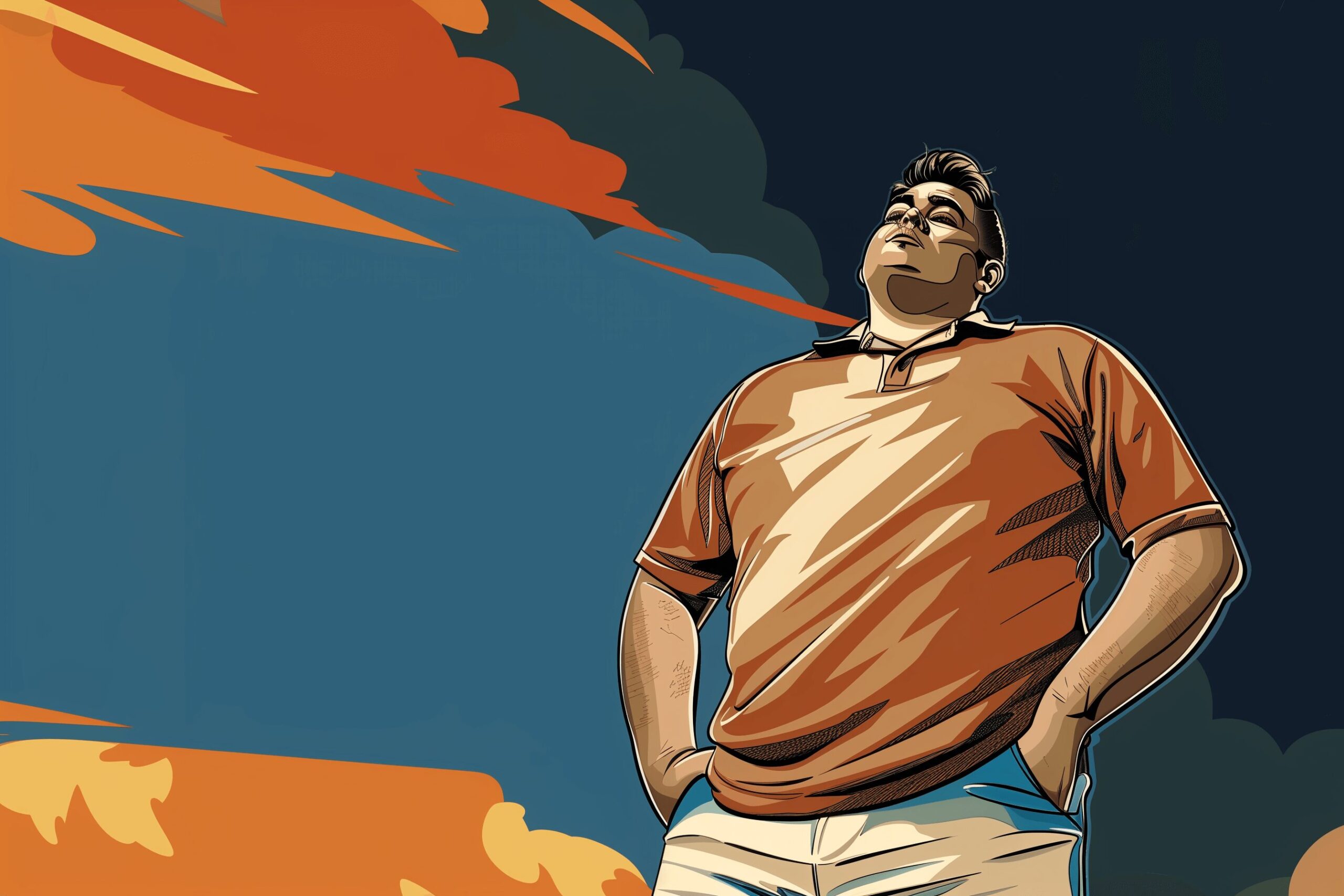How Long Does It Take to Lose Muscle?
Jan 03, 2022

As an Amazon Associate, Modded gets commissions for purchases made through links in this post.
Building muscle takes years of hard work and dedication, but losing it takes only a fraction of the time if you have to stop training. Why and how does this happen? It depends on a few factors:
- Physical activity levels: how much activity you are doing outside of training.
- Calorie intake: how many calories you eat per day.
- Protein intake: how many grams of protein you eat per day.
Muscle loss occurs when our bodies’ protein synthesis process is less than the protein breakdown process. Therefore, your physical activity levels largely determine how quickly you lose muscle.
What Does the Science Say?
The first studies concerning activity levels and muscle loss focused on subjects who were bedridden or could not engage in any physical activity. One 1987 study by J. Gibson and colleagues from the University of Dundee School of Medicine determined that immobilization significantly increased the rate of muscle loss.
That conclusion still holds up today. Recent studies show the same findings and have identified a term for drastic muscle loss caused by inactivity: disuse atrophy.
If you stopped training and were confined to a bed, you could see muscle atrophy occur in less than a week. Your muscle protein breakdown hasn’t changed, but lack of activity had a debilitating effect on muscle protein synthesis.
Suppose you have to stop weightlifting but remain active outside the gym by working, walking or doing chores. In that case, the rate of muscle loss decreases significantly, compared to no activity at all.
For almost everyone who is a non-professional powerlifter or bodybuilder, everyday activities are enough to slow muscle atrophy down by a noticeable margin.
In a 2017 study by Paul Hwang et al., 20 test subjects — all experienced weightlifters — stopped training for two weeks but still went about their daily lives. They did not see any noticeable muscle loss during that time.
What about people who are new to training? A 2011 study by Riki Ogasawara and Tomohiro Yasuda found that it took about three weeks of no activity for even the most inexperienced weightlifters to notice muscle atrophy. A similar study in 2013 by the same group also supported the three-week timeline.
However, supporters of the “muscle memory” theory argue that those subjects did not experience muscle loss but changes to their water and glycogen levels. The scientific community accepts that trained individuals who experience muscle atrophy can quickly regain lost muscle the second time around. Still, we don’t know how much of that regained muscle is skeletal tissue and how much is liquid.
Perhaps the most telling study on muscle loss to date belongs to Bertrand Leger and colleagues from 2006. The test subjects spent eight weeks training, gained 10% muscle size, then took eight weeks off. Surprisingly, they maintained about half of their gained muscle mass, so the subjects experienced a net gain of about 5% after the whole timeline.
Based on the referenced studies, the average person can expect to begin losing muscle after about three weeks of rest, then lose about half of their total muscle mass after eight weeks.
We’re not all average people, though. Physical activity levels, calorie intake and protein intake vary from person to person. How do we take those factors into account?
Physical Activity Levels
Everyday physical activity is much better than no activity at all. However, the gap between this and occasional training is much wider. A 2011 study by Bickell and colleagues found that periodic resistance training over 32 weeks was enough to maintain muscle mass in young adults.
The older adults in the study required more frequent training to retain muscle, so the results vary across age groups. However, the main takeaway is that young adults can still maintain muscle mass and avoid atrophy with low-effort training volume.
Caloric Intake
Bickell’s study subjects were not in a caloric deficit, which means sufficient calorie consumption is just as important as training, if not more so. A caloric deficit will slowly lead to muscle atrophy no matter how much or how little activity you do.
The solution? Determine the number of calories you need to reach maintenance levels. Online calorie calculators are reasonably accurate, but they don’t account for all the factors in your life, so you will need to do some experimentation before figuring out your correct number.
Protein Intake
As the name suggests, muscle protein synthesis only works if you consume a sufficient amount of protein every day. For muscle maintenance, you want to eat within the range of .7 to 1 gram of protein per pound. If you’re going to build muscle, shoot for over 1 gram per pound.
Recap: Muscle Loss and How to Avoid It
Based on these studies, muscle loss begins after three weeks of no training and slowly adds up over time. However, a few things can be done to avoid this process, even when not training at a high frequency:
- Do some occasional resistance training, along with your everyday activities.
- Eat at caloric maintenance or surplus.
- Eat at least .7 grams of protein per pound every day.
Many weightlifters, novice and expert alike, are worried about losing their gains after just a few days of no training. In reality, their muscle is safe for at least two weeks, and they can easily maintain their mass for months by following some basic rules: stay active, eat enough food and consume plenty of protein.





